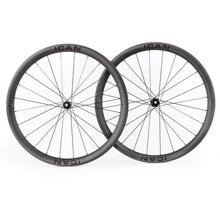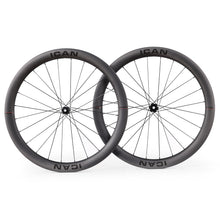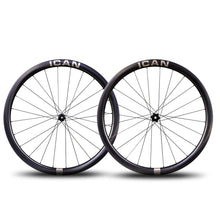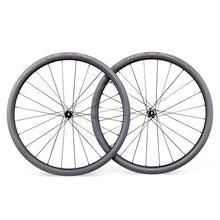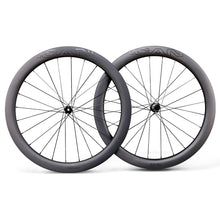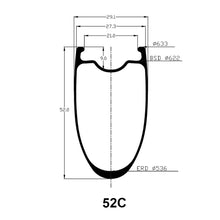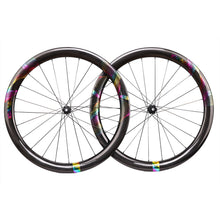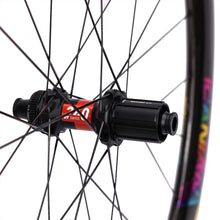News
What is Boost?
You’ve probably seen Boost being mentioned a lot in the mountain bike media, but what is it? Boost is a new standard for hub width. The front end of your bike will have gone from 100mm to 110mm, and the rear axle will have gone from 142mm to 148mm. So that is extra 5mm on each side of your front hub and an extra 3mm on each side of your hub.
If you can remember back a few years, you’ll remember that mountain bike rear hubs used to be 135mm and have quick release axles. Then we went to thru axles and 142mm hub spacing. The interesting thing was that the extra 3.5mm spacing was built into the frame dropout.
The extra space was used to help you get the wheel into the frame and allow it to self-center. Your hubs spoke flange spacing, and other measurements stayed the same. That was why you could just buy new endcaps and change your hub from 135mm to 142mm.
As hubs were getting wider, wheels got bigger. Well, they went bigger and then smaller a bit and then settled on the two that were bigger than 26”. With 27.5” and 29” the smaller flange spacing on the 135/142 wheels was making the wheels a bit flexy.
The boost came along and as well as wider hub spacing it also came with wider spoke flanges, for both front and rear wheels. The wider flanges meant that spoke angles increased. Wider spoke angles created a more stable base for the rim of your wheel. In a quick bit of summing up the wider hub flanges created a 29er wheel that is as stiff as a 26” wheel.
The Boost frame

As wheels got wider so did frames. Otherwise, the wheels wouldn’t fit but by going wider, there were other benefits to frame design. We went with BB92 on our Boost frames, the Alps, the Andes, and the Altay frames. BB92 is also known as Shimano Press Fit, and you probably won’t be surprised to work out it is a press fit bearing in a bottom bracket shell that is 92mm wide.
92mm wide is how wide a standard bottom bracket with external bearings is. We now though house the bearings inside the bottom bracket and this gives us more real estate to stiffen up the back end of your bike. Adding to the stiffness that has now been added by the Boost wheels.
So by using the extra real estate on the bottom bracket shell and wider final space for Boost hubs, we could fit wider rear triangles on our full suspension frames. The wider rear triangle allows us to fit wider bushings into our suspension linkages. Wider bushings again stiffen up the bike, but they also give you longer lasting performance out there in the hills.
The Boost Bike

If you buy our Boost equipped bikes, you’ll find they come with wider tires. Wider tires will bring you more traction. You’ll find extra grip as you rip your new bike through berms, you’ll get more sideways than you ever thought you would.
We call the wider tires, plus tires. They are not quite fat bike, but they also aren’t standard mountain bike tires. We would consider 2.6” to 3” plus sized tires. 2.6” tires will be lighter than 3” tires so if you do a lot of climbing you might want to consider that.
Our Atlas 27.5” Boost comes with 2.8” Maxxis Minion tires. The grip you’ll get with these tires, especially if you set them up tubeless and run low pressures is insane. To make it even easier to set up tubeless, we have fitted the Atlas Boost with carbon fiber Boost wheels. These Toray T700 wheels are absolute monsters. How many full suspension bikes come with carbon wheels, and do so at an affordable price?
You’ll find our carbon fiber Atlas Boost is the perfect bike if you live somewhere that trails can get wet and slippy. The bike will just laugh at the slippiest of terrains, all the while keeping you upright as your friends lose grip in the mud.
The 160mm of front travel thanks to a RockShox Yari RC and the 130mm of rear travel thanks to a RockShox Monarch will make sure that your wheels are constantly tracing the ground, except when you’ve fired off a drop or a jump.
So come on and try a new Boost bike or frame and see how the extra width can make your life a little more fun.
